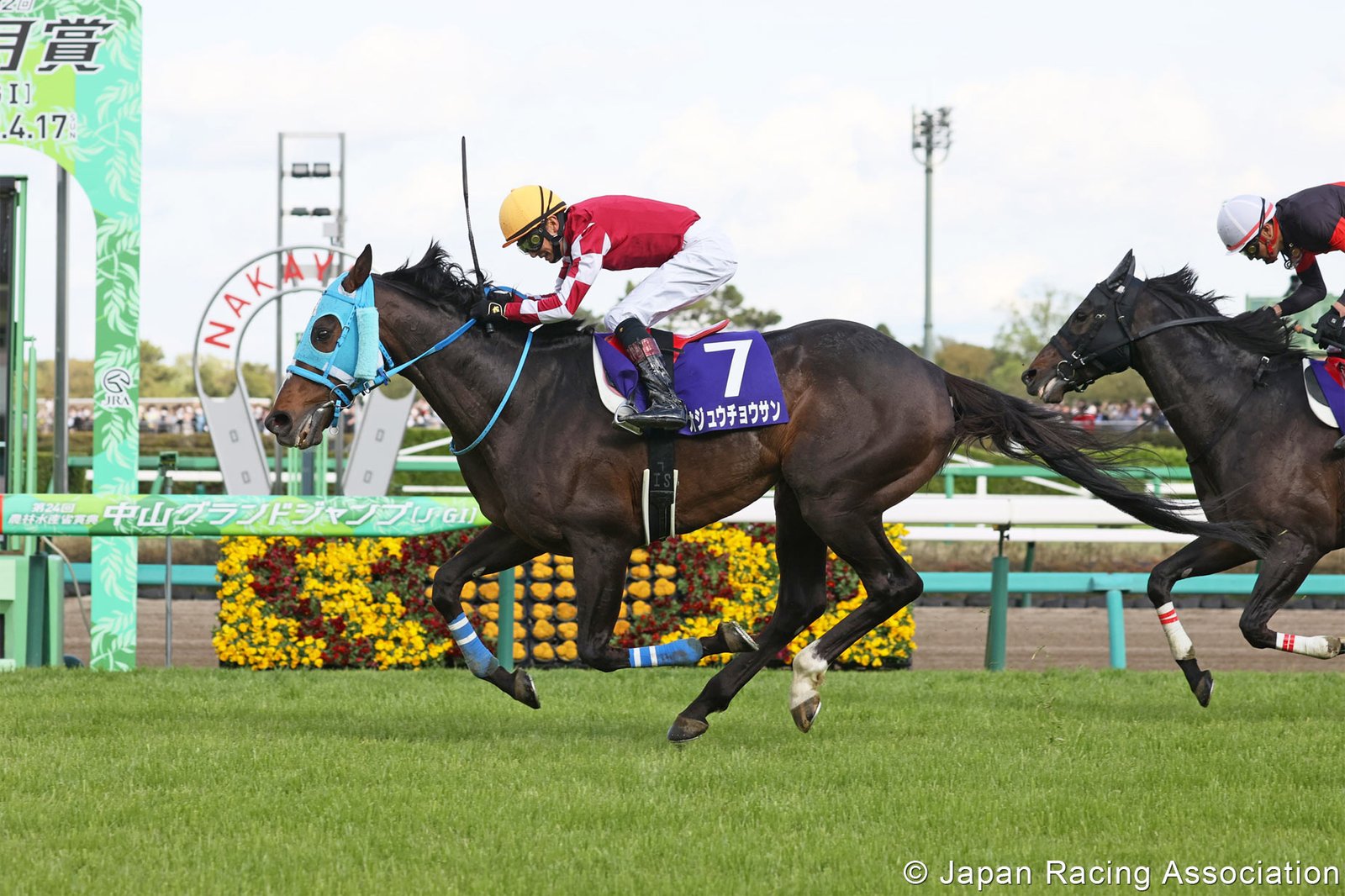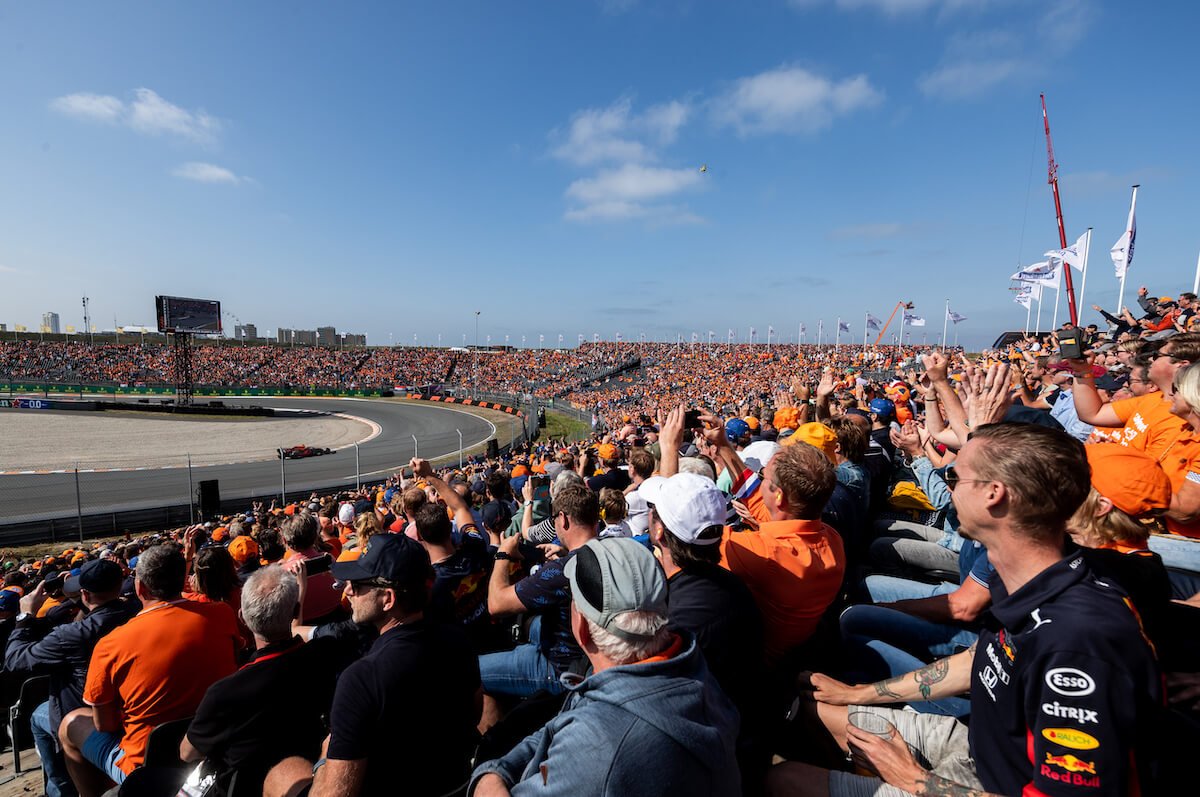The last-lap F1 Drivers Championship definition was dramatic to say the least. Was it within the rulebook?
| What a Finale! Max Verstappen (NED, Red Bull) won his first Formula 1 World Driver’s Championship after passing Lewis Hamilton (ENG, Mercedes) in the very last lap of the Abu Dhabi Grand Prix, following a restart. It was one of the most dramatic final laps of the season in Formula 1 history but it was not exempt from controversy. Prima facia, Lewis Hamilton established an important advantage and was set to winning his record-breaking 8th World Drivers Championship, until Nicolas Latifi (CAN, Williams) went into the wall and prompted a yellow flag with five laps remaining. This yellow flag compacted the pack and allowed Verstappen to pit for the softer, fresh red tires without losing position, while Hamilton had to stay on track with his old tires in order not to lose his first place. Then, the Race Direction decided to allow the lapped cars to pass the leader and safety car and then restart the race with one lap to go. The rest is history: Verstappen passed Hamilton in the very last lap and claimed the Championship. Soon after Mercedes filed a protest against the steward’s decisions. The stewards accepted the protest as admissible but rejected it on ground that Mercedes’ request to re-classify the race would effectively shorten the actual race and now Mercedes has lodged an intention of appealing (Twitter) the decision under the Sporting Code and the Judicial and Disciplinary Rules. Some media in the United Kingdom cried robbery. Let’s make sense of the claims from Mercedes, the 2021 World Constructors Champion. Mercedes lodged the protest upon two fronts. One was that Verstappen passed Hamilton during the yellow flag but he only barely seemingly got ahead of him before totally ceding the position and lining up behind, which did not give him any on-track advantage at the time of the green flag. The more meaningful one was a breach of the restart procedure, namely Article 48.12 of F1’s sporting regulations, which states that: “any cars that have been lapped by the leader will be required to pass the cars on the lead lap and the safety car”, which is further followed by the line that “once the last lapped car has passed the leader the safety car will return to the pits at the end of the following lap.” Unconventionally, only five of the eight lapped cars -those between the first and second place- were allowed to pass by, and the green flag was shown with a lap to go, instead of waiting for a full lap before the restart. However, the stewards found that the decisions taken by Race Director Michael Masi were in line with the rulebook for the following reasons, which were also posited by Red Bull: first, that the following article states that ‘When the clerk of the course decides it is safe to call in the Safety Car the message “SAFETY CAR IN THIS LAP” will be sent to all Competitors”. This means that he could determine to restart the race whenever he wanted, overriding the previous article. Second, that regardless, the previous article applies when all of the lapped cars were allowed to go by and only a few of them were allowed this time. The Race Director determined that the objective to let cars by, is to not interfere with the lead-lap racing and in this case, these cars were what was feasible to go ahead and have a green flag. This sounds fair until we go back to Michael Masi’s determination at the Eifel Grand Prix in 2020, where he said that “There’s a requirement in the sporting regulations to wave all the lapped cars past” (Planet F1), justifying his decision to have a longer Safety Car. This seemingly sets a precedent that contravenes Masi’s actions in Abu Dhabi. However, a statement outside from another season does not have a prevalence to override a decision taken according to the race conditions and what is applicable in the rulebook. The Race Director and the Stewards acted upon the principle that, according to them, was favored by the teams, which is to try to finish the race under the green flag. Now, the other contentious point that was not really argued by Mercedes was that Masi first told the teams that lapped cars would not be allowed to pass by and then changed the decision. Both messages were sent after Red Bull and Mercedes opted to pit and not to pit their drivers respectively, so it was no information that would have changed their tactical choices. It is always easier to speak with hindsight. Perhaps this time it would have been optimal to fly a red flag so that both cars would have been able to make adjustments to their cars and have an all-out battle on track for the title, under equal conditions. If the overarching principle was to finish under green -which, by the way, is not under a guiding principle in rulebook-, then this would have been the fairer choice, especially because it has a precedent. In the other side, it is also understandable that the red flag was not triggered because the track condition did not deem safety concerns that were enough to stop the cars. At that point it seemed most likely to the Race Direction that the race would end under a Safety Car -giving Hamilton the title. But it would also have prompted even further outcry of ‘manipulation’, instead of just trying to get the cars to race under green if the track condition allowed it. Finishing under a safety car was the least controversial, most clear-cut and undeniably fair way to finish the race. There would have been no ground to complain and Hamilton would have been a fair Champion.It does not mean by default that Verstappen’s Championship is not fair under the rulebook or in sporting grounds, as we have analyzed above but the decision was not correct. There is no room for further modifying the race. But for next time, these situations will have to be briefed beforehand. The likelihood of this happening was low, but high enough to warrant crisis prevention in decision-making and guidelines that everyone knows beforehand. |





